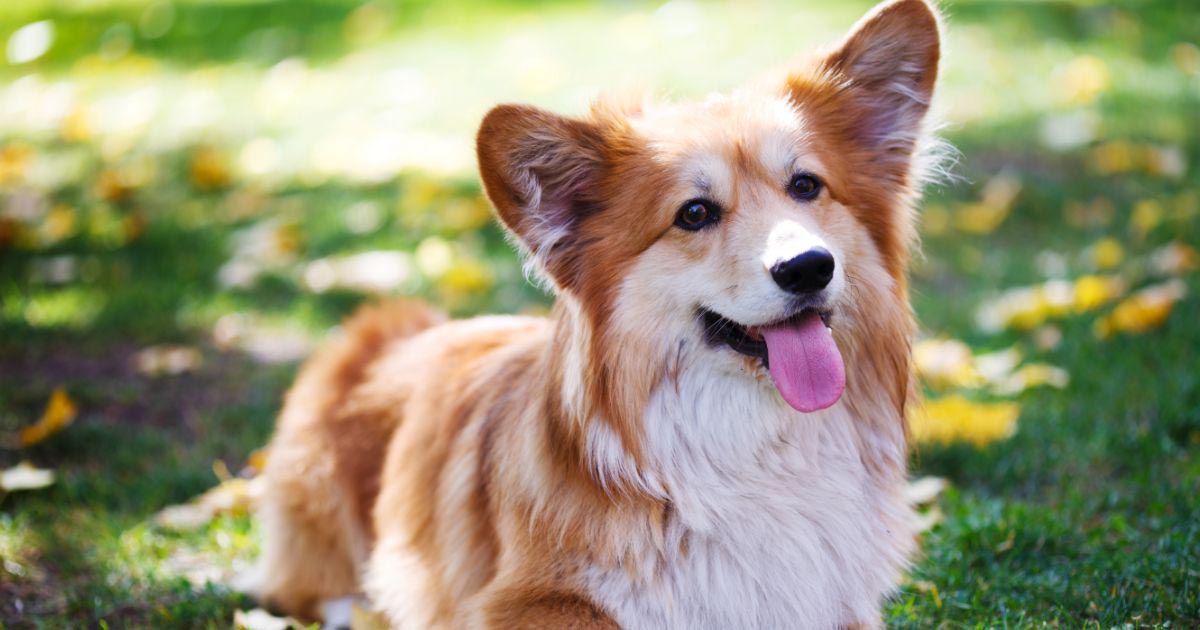Managing Aggression in Dogs Companion Effective Training Strategies
Introduction
Aggression in dogs is an intricate issue that can stem from numerous elements of worry, territoriality, resource safeguarding, or even clinical troubles. While aggression is an all-natural behavior in dogs, it can become problematic and potentially unsafe if not effectively handled. Recognizing the signs of aggression and employing effective training methods are vital in ensuring the wellness of pet dogs and those around them. This is where Confident K9 steps in, supplying extensive solutions for managing dogs aggression.
Identifying Indicators of Aggression
Comprehending the indicators of aggression is the first step towards resolving the concern. Hostile actions in dogs can materialize in several methods, including:
1. Growling and Snapping: This is among the most typical indications of aggression. Dogs might growl or break when they feel intimidated or try to assert prominence.
2. Barking and Lunging: Dogs might bark body and lunge in the direction of people or various other animals, specifically when on walks or in strange scenarios.
3. Baring Pearly whites: When a dog reveals its teeth, it’s a clear sign of aggression and a warning signal that must not be overlooked.
4. Tight Body Movement: When really feeling aggressive, dogs may show stiff body movement, elevated hackles, and a stressful posture.
5. Attacking: Aggressive habits can escalate to aggression if not resolved without delay. If your pet has actually attacked someone or displays a tendency to attack, it’s essential to seek specialist assistance.
Educating Strategies with Confident K9
Confident K9 offers a range of training strategies designed to resolve aggression in dogs efficiently. These techniques focus on positive support, constructing a trust fund, and customizing actions via consistent training techniques. Below are some key strategies:
1. Behavioral Evaluation: Confident K9 starts by conducting a comprehensive behavior evaluation of the pet to determine the underlying causes of Aggression in Dogs. This assists in customizing the training program to resolve particular problems effectively.
2. Positive Support: Training with positive reinforcement includes rewarding preferred behaviors with treats, appreciation, or toys. This strategy reinforces etiquette and motivates dogs to duplicate it.
3. Desensitization and Counterconditioning: Desensitization involves gradually subjecting the dog to the trigger of Aggression in Dogs in a regulated atmosphere. In contrast, counterconditioning alters the pet dog’s psychological reaction to the trigger by linking it with something positive.
4. Obedience Training: Standard obedience training, such as showing commands like “rest,” “remain,” and “leave it,” can assist in establishing limits and control over the pet’s habits.
5. Uniformity and Persistence: Uniformity is essential to successful training. Owners should remain individual and devoted to the procedure, as action adjustment takes time and initiative.
6. Administration Techniques: Confident K9 likewise provides owners with management techniques to prevent scenarios that might activate Aggression in Dogs, such as using a muzzle or leash in public settings.

Ensuring Your Animal’s Wellness
At Confident K9, the best goal is to ensure the wellness of both the pet dog and its proprietors. By addressing aggression through favorable support and reliable training methods, proprietors can produce a risk-free and harmonious atmosphere for their pets. Furthermore, seeking professional assistance from knowledgeable instructors can provide very useful assistance in handling Aggression in Dogs properly.
Holistic Approach to Training
Confident K9 embraces a holistic approach to training that goes beyond attending to the symptoms of aggression to deal with the underlying causes. This entails developing a comprehensive training strategy that includes behavior adjustment techniques, environmental management, and ongoing assistance for the pet dog and its proprietors.
1. Behavior Modification: Via positive support methods, trainers function to change the dogs behavior by satisfying tranquility and non-aggressive actions to triggers. This may include training alternative habits that are inappropriate with aggression, such as resting or concentrating on the proprietor.
2. Proprietor Education: Education is crucial to Confident K9’s method. Trainers function very closely with owners to help them comprehend their canines’ habits, recognize very early warning signs of aggression, and develop efficient interaction and handling strategies.
3. Follow-Up Assistance: Training continues even after the sessions are full. Confident K9 offers continuous assistance and guidance to ensure that proprietors remain to enhance positive behaviors and attend to any challenges.
Conclusion
Aggression in dogs is a severe concern that needs careful focus and correct management. Identifying the signs of aggression and using reliable training strategies are essential steps in resolving these habits. With Confident K9’s extensive technique for handling aggression, proprietors can help their pet dogs conquer behavioral obstacles and lead fulfilling lives.

Leave a Reply